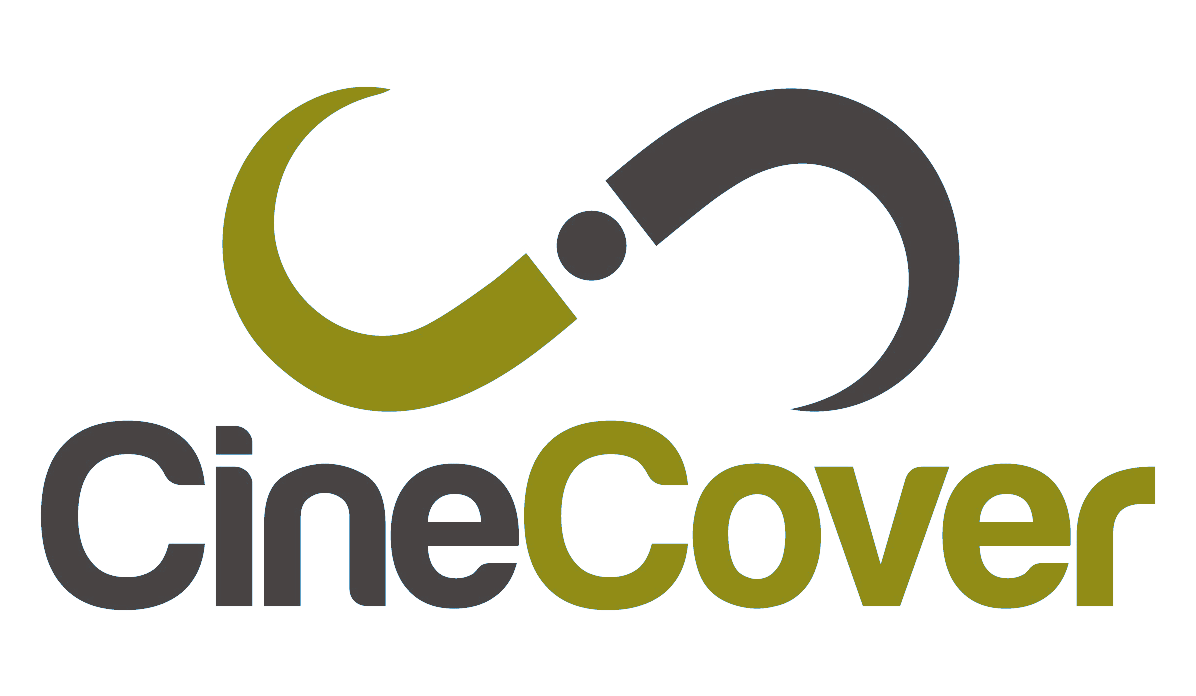



by Jason Smith CEO, CineCover
Posted May 2020
What’s the difference between a brick and a feather? A brick doesn’t float very well when thrown into a body of water whereas the feather will sit nicely, laughing whilst the brick sinks below the waterline.
Don’t be the brick.
We haven’t seen this much disruption to our business practices in the history of our modern world - not even during the financial crash of 2008. COVID-19 has, for sure, not only made the history books but re-written the whole of our future too.
You need to figure out how you and your business plans will be the feather that floats down this corona-river and not a brick who sinks beneath it’s heavy weight.
Let’s take a step back to before the crisis all unfolded. I’d imagine you had a pretty solid plan for the future, based on everything you and the teams around you had learnt from in your past experiences.
This ‘business plan’, or whatever you called it, hopefully underpinned the main values, purpose and goals for the work you were waking up to each day.
As we come up against this new world, and return to whatever the ‘normal’ will become, you need to rethink this plan.
Now this isn’t suggesting you bin everything from the past - that would be stupid and wasteful - instead this is a chance to add to the masterpiece with everything else you have learnt during this.
Before we hit the ground running, a few initial things to flag:
1) If you don’t run a business, this can still be for you! Instead of tailoring the responses to the whole business, focus on your team or your outputs. Change the scope of the plan accordingly.
2) This is our suggestions on this based on our experience. That is not to say there isn’t other information available to you around this topic too. All our thoughts come from the outputs of our own methods.
3) This is a template and the point of a template is to start the hardest part of the work: figuring out what to put down on paper. Use this, alter it, fit it to your needs.
So let’s get cracking!
Firstly, you can find a worksheet to map this all into here. You can download this free word document/google document and fill in the blanks with the help of the prompts below.
Before we get started, my top tip:
Try to write a first draft all in one big go.
Grab a coffee, lock yourself away and just write with the first thoughts that come to mind. Once you have done that, leave it - walk away and forget about it. Revisit it at least one day later to revise and finalise.
When you go through these sections there are two main questions to ask yourself:
What is feasible and realistic?
Why did I start doing this job in the first place?
If you can keep these in mind, you will find answers that work towards your wider goals and ambitions, as well as ones that are within reach.
Your business summary
This is the “does what it says on the tin” explanation - a reminder to yourself and the team what the business is there to do.
Keep this simple and it doesn’t need to be fancy - it can simply be bullet points. This is a great place to start because it makes you think about the purpose of the business.
Elevator pitch
Now we get fancier. Haven’t done an elevator pitch before? The premise is that you could sell your business to a random stranger in an elevator (or lift if you’re british!) in the time it would take to go up about 8-10 floors i.e. no more than a few sentences.
Think SELL. This is where you pull out the passion behind why you run in this line of work. What makes YOU and YOUR work different to the next person? Let's get some excitement in here.
This will then be something that, whenever you encounter hurdles over the coming months, you can repeat to yourself/the team to motivate and inspire.
This is why we are so bloody awesome.
Current financials
You need to have an oversight and have it in one place. Likelihood is that the financials are pretty top of mind right now… Put it all down on paper. Where are you at? What are your next 12 months of projections looking like? If things got worse than they are now, where could you save some much needed cash?
What Government grants are you eligible for and receiving?
Aims
You’ve reminded yourself why you started out, how you’re better than the competition and what your money is doing for you right now - let’s start planning. This is when the crisis plan speaks for itself. You need to take a chance to actually think, realistically, about the next one, three, six and twelve months.
As an established business, you likely plan on a regular cycle and are probably wondering how this differs. You want this to be a reflection and planning state when coming up with a group of aims and you need to think about said aims in realistic timelines.
What do you need to do?
What do you want to do?
What could you do that would set you apart?
How could you take advantage of the circumstances?
How can you factor in an aim that is flexible to adapt to the changing circumstances?
Your competitors and your customers
You have your aims and have thought proactively about what you are going to do to win. You need to next start to map out those around you and where they are.
What are your competitors doing? How does that differ to you? Who is surviving? Who has lost the battle?
What situation are your customers in? What do they need from you? How can you add value to their situation? How can you help? What would they be expecting of you?
Marketing plan
Marketing, or put simply the advertising and selling of your service, is the difference between sitting comfortably in a little bubble of clients you’ve known and loved, compared to jumping into a fresh pool of opportunity.
You don’t need to throw countless amounts of money, invest in a new team of people or read the Dummy’s Guide to Marketing to sell yourself - you just need your elevator pitch and a couple of ideas of how you can continue to promote the work you and your team do.
Have a deep dive think about how your target customer is doing right now. What are they most fearful about? Where is their attention during this time? What are their biggest challenges? What are their hopes, dreams and desires? What makes them happy?
Once you have all these you’ll have a great idea as to the context in which your marketing message should be poised.
Use this table to start thinking about how you can put into play some tangible ways of delivering on the aims you set out previously. Start simple, with the tools and strategies you already have in place.
Remember - this isn’t about creating more work for yourself, this is about making your business as bulletproof as can be.
----
When we mapped out CineCover's crisis recovery plan, it surprised me how prepared we had almost accidentally become. Many of us would have gone onto autopilot when this kicked in, pulling all of our business knowledge to the forefront of our actions without even realising.
The plan is a chance to put it down on paper so others in your team can make sure they understand and can work with you, as well as a chance for you to reflect on the achievements you have made, and how you’ll be continuing those into the next 12 months.
Give it a shot!